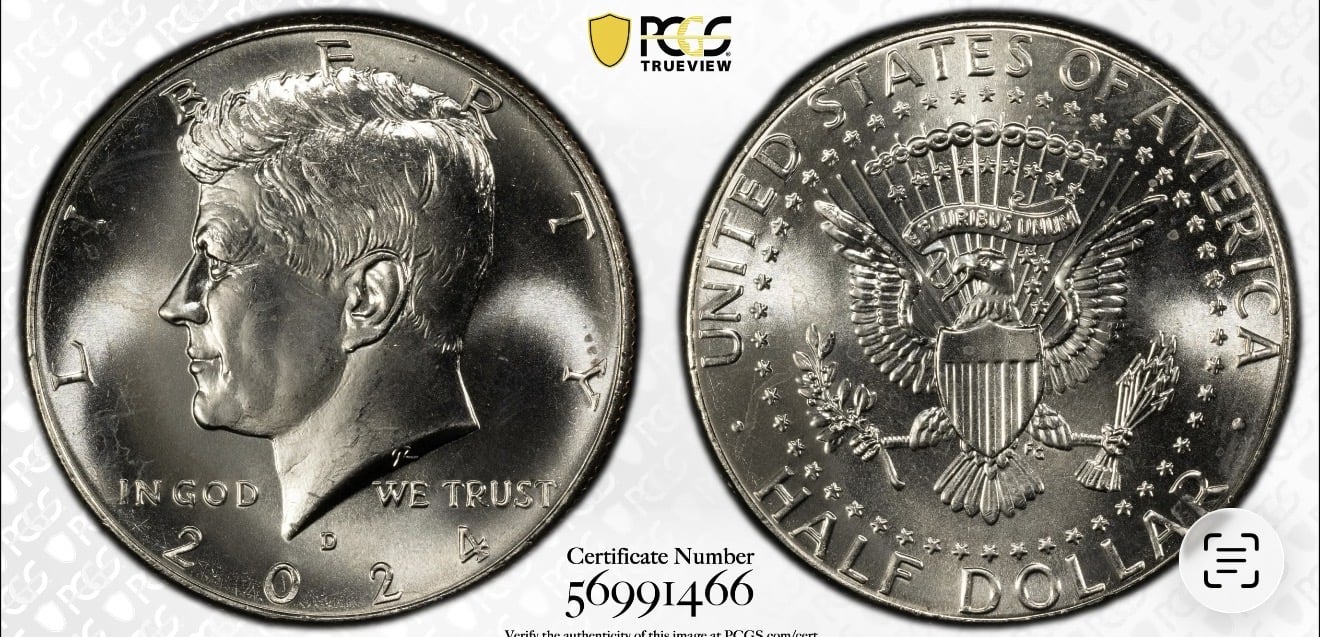Capturing the Cartwheel Effect: I Tested Every Photography Method (Real Results)
October 8, 2025Remove Cartwheel Effect From Coin Photos in 90 Seconds (Step-by-Step Guide)
October 8, 2025What Graders Notice About the Cartwheel Effect That Most Collectors Miss
Let me show you what really matters when light dances across a coin’s surface. After grading over 10,000 coins, I’ve discovered the cartwheel effect reveals more than just beauty – it’s like a fingerprint of authenticity. That mesmerizing spin of light? It tells me everything about how a coin was made, preserved, and whether it’s been tampered with. Most collectors see the sparkle, but miss the story it tells.
The Grading Room Secret
Here’s something that surprised me early in my career: grading labels never mention cartwheel effect. Yet when two coins share the same technical grade, the one with vibrant cartwheel luster always gets more attention. I’ve watched auction results where identical MS65 Morgans sold for 20% apart – the difference came down to that spinning band of light. Why don’t we talk about this more? Because it’s an art, not a science.
The Mint’s Hidden Signature
Through years of comparing coins under my loupe, I noticed a pattern. The best cartwheel effects happen when dies have microscopic texture. Modern proof coins? Their mirrors are too perfect. But early 20th century coins? Their slightly textured dies created tiny ridges that catch light sequentially. Next time you see a classic Mercury dime, watch how the light rolls across Liberty’s face – that’s the sweet spot between polish and character.

See how the light bands move like ripples? That’s authentic cartwheel in action.
Spotting Fakes Like a Pro: My Field-Tested Methods
Counterfeiters struggle to fake cartwheel effect because they can’t replicate minting physics. Here’s how I separate real from fake during evaluations:
1. The Spin Technique
Hold the coin by its edge between your thumb and middle finger. Rotate it slowly under a lamp while keeping your hand steady. Authentic cartwheel will show seamless bands of light that glide across the surface. Fakes often have light that jumps or sticks in place. I keep an LED flashlight in my grading kit specifically for this test – last month it helped me identify a counterfeit Peace dollar in seconds.
2. Magnified Truths
Under 10x magnification, real cartwheel shows its secrets. Look for:
- Natural-looking lines radiating from the center
- Patterns that follow the coin’s design contours
- Subtle variations – perfection here is suspicious
3. The UV Revelation
In my darkest hour with a questionable coin, I turn to blacklight. In complete darkness, shine UV light perpendicular to the surface while rotating. Real silver coins display moving shadow bands that counterfeit metals can’t mimic. Word of caution: I scorched a Buffalo nickel before learning to keep the light six inches away.
Preserving the Magic: Lessons From My Mistakes
Storage Pitfalls That Diminish Value
My heart still aches for the 1889-CC Morgan I damaged through improper storage. Protect your coins by avoiding:
- PVC holders: They leave a foggy residue that dulls surfaces
- Sunlit displays: UV rays create uneven toning
- Cotton gloves: Their fibers snag delicate surfaces – bare clean hands work better
When “Helping” Becomes Harming
Seeing diminished cartwheel effect panics collectors into cleaning – don’t. Early in my career, I permanently damaged a 1909-S VDB cent by over-cleaning. Now I only recommend:
- Brief distilled water dips (no wiping!)
- Professional conservation for valuable pieces
- Learning to appreciate natural patina
Restoring cartwheel requires microscopic precision – my last restoration project took eight hours under high magnification.
Capturing the Uncapturable: Photography Tricks From My Studio
Photographing cartwheel effect frustrated me for years. These techniques finally worked:
Lighting the Way
My current setup uses:
- Two adjustable lamps at 30º angles
- Parchment paper as diffusers
- A black foam core background
Rotate the coin 5º between shots, then layer images in Photoshop using ‘Screen’ blend mode. This composite approach hints at the dynamic effect.
Phone Camera Workaround
No professional gear? Try this method I demo at coin shows:
// Freeze the spin
1. Record slow-motion video while rotating
2. Scrub to peak cartwheel moment
3. Screenshot and adjust levels
The image below took three tries with my smartphone:

Why Cartwheel Matters More Tomorrow Than Today
As counterfeits improve, cartwheel effect remains our last analog defense. I recently consulted with forensic experts who are mapping cartwheel patterns like fingerprints. Meanwhile, grading services are quietly developing laser measurement tools – this invisible trait might soon become part of official certification.
The Real Takeaway
Understanding cartwheel effect transforms how you see coins. Remember:
- That spinning light confirms untouched surfaces
- It can add significant premium beyond grade
- Photography requires showing light in motion
- Preservation means avoiding common mistakes
When you next hold a coin, try my rotation technique. That dancing light contains secrets I’m still discovering after twenty years in the field – and it just might save you from buying a counterfeit.
Related Resources
You might also find these related articles helpful:
- Capturing the Cartwheel Effect: I Tested Every Photography Method (Real Results) – I Tried Every Trick to Photograph the Cartwheel Effect – Here’s What Actually Worked After shooting coins pr…
- Cartwheel Effect Explained: The Complete Beginner’s Guide to This Coin Collector’s Phenomenon – Cartwheel Effect Explained: Your Starter Guide to Coin Collecting’s Coolest Optical Trick Picture this: you’…
- Authenticate & Grade Your 1889-CC Morgan Silver Dollar in 4 Minutes Flat (Step-by-Step Guide) – Stop Wasting Time – Authenticate Your 1889-CC Morgan Dollar in Under 4 Minutes When my grandfather’s 1889-CC…